Relatively any unknown sound coming from your vehicle isn't a good sign. In particular, squeaking wheels can mean that something is amiss with these parts. So what could be wrong when your car's wheels squeak while you're driving? We researched the possible causes for this predicament and here's what we found.
An automobile’s wheels can squeak during driving because of different reasons. Some of the possible sources of this sound are:
- Bad road conditions
- Faulty wheel bearings
- Misaligned wheels
Make sure to apply the correct solution based on the source of the squeaking noise to avoid costly mistakes. Continue reading as we talk about the causes of your car wheels squeaking in greater detail. We’ll also tackle some possible solutions to this problem as you go through this post.
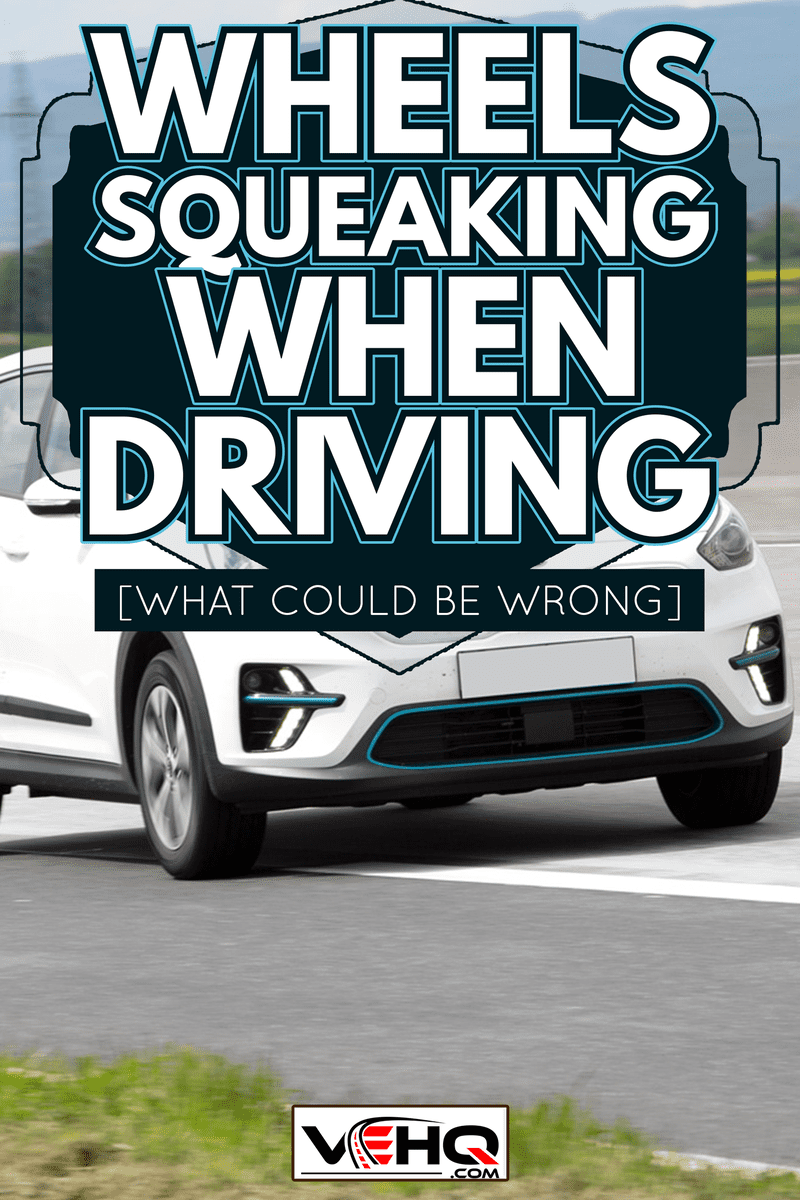
Why Do My Wheels Squeak When I Drive?
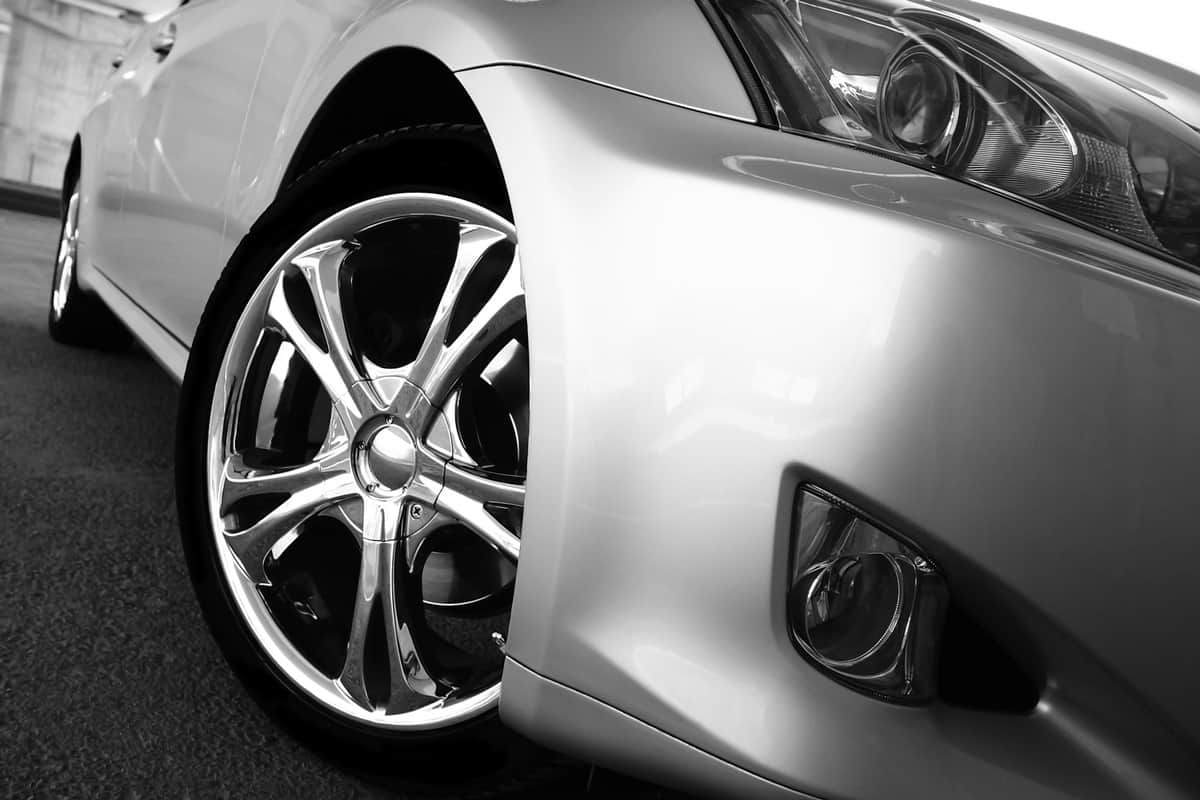
A squeaking noise from the wheels of your car as you drive can come from different sources. Some possible origins of this sound are:
Bad Road Conditions
Sometimes the road is at fault for making your car’s wheels squeak. Gravel, fresh blacktop, and brick roads are some of the culprits of this seemingly unknown noise emanating from the wheels.
It might not be an alarming situation if you’re driving along the interstate at about 75 miles per hour (mph) and your vehicle’s wheels squeak suddenly. In particular, the sudden noise won’t be a cause of concern or worry if the racket disappears after a short while.
Faulty Wheel Bearings
Wheel bearings function by allowing the wheels to rotate smoothly during driving operations. If these parts are in good working condition, they should help in making the wheels move with as minimal friction as possible. On the other hand, a malfunction may make the wheel assembly squeak.
Some of the possible causes of wheel bearing malfunction are:
- Frequent driving through uneven terrains, such as mud and road salt.
- Low-quality wheel bearings installed.
- Improper installation procedure used.
- Misaligned or imbalanced tires.
- On-road accidents.
It can be a good idea to replace the malfunctioning wheel bearing if it acquired damage from accidents or the standard wear-and-tear. On-the-spot repairs might be a good choice for emergencies. However, opting for a wheel bearing replacement can provide long-term results.
Check out this wheel bearing replacement on Amazon.
Misaligned Wheels
Driving with misaligned wheels can create different types of unwanted noises, such as rocking, thumping, and squeaking. If so, you park your car in a safe location and assess the severity of this issue. Prolonged driving with lop-sided wheels can increase the risks of on-road accidents and injuries.
Take note that the wheels misaligning often don't happen immediately. Generally, this problem grows over time because of different potential origins, such as:
- Driving over potholes frequently
- Driving with bad shocks, struts, and suspensions
- Hitting roadside debris
- Improper installation of vehicle modifications
Another possible reason for your vehicle’s wheels to misalign is driving with low tire pressure for extended periods. Make sure to maintain your tires’ correct air pressure frequently to avoid this problem, among other issues. Read our post on how to check nitrogen tire pressure if you need help with this task.
How Do I Stop My Wheels From Squeaking?
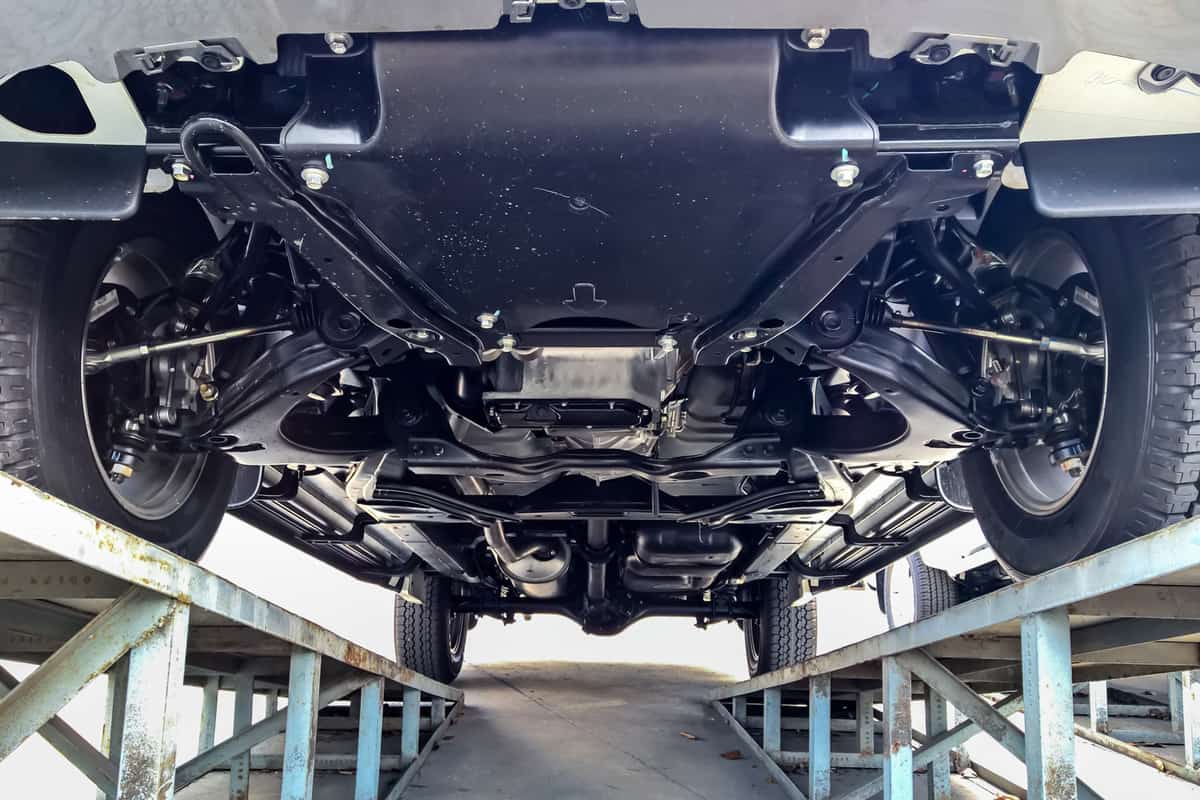
Applying the correct solution based on the source of the squeaking noise is important to prevent expensive errors. In this section, you’ll learn about some methods that you may apply to reduce or stop the squeaks from your vehicle’s wheels.
Change Travel Route
Use navigation apps from your smartphone to help you change routes to reach your destinations. Some cars are compatible with either Android Auto or Apple CarPlay. That way, you can see the alternate directions on your vehicle’s infotainment display.
Pick a travel route with as little uneven terrain as possible. Doing so should prevent your car's wheels from squeaking. It should also reduce the risk of possible long-term damage to your vehicle's tires and wheels.
Replace Wheel Bearings
Take note that each car typically has a unique framework. So that means that some wheel bearing replacement procedures might not work on every type of vehicle.
You can consult your car owner’s manual to help you in this undertaking. Otherwise, send your vehicle to an automotive repair shop to let professional car technicians handle this task for you.
Still, here's a quick look at how to replace wheel bearings on a front-wheel-drive car to give you an idea of the process for this project:
What You’ll Need
- Carjack
- Jack stand
- Torque wrench
- Line wrench
- Socket wrench
- Flat-head screwdriver
- Hammer
- Tie rod removing tool
- Sir tools pry bar set
- Replacement wheel bearings
Step-by-Step Guide
- Jack up the car to raise its front end.
- Set the jack stand to ensure the car doesn’t fall on you.
- Use the torque wrench to remove the nuts that secure the wheel.
- Take out the wheel and set it aside temporarily.
- Remove the brake caliper from the wheel assembly using the line wrench.
- Remove the pin from the wheel’s driveshaft and remove its nut with the socket wrench.
- Take out the nut securing the tie rod. Then, lay the tie rod removing tool onto this part.
- Hammer the tie rod removing tool to remove the tie rod from the assembly.
- Remove the bolts securing the strut assembly.
- Tap the axle assembly out of the setup by hammering it out with the help of a screwdriver.
- Unscrew the wheel bearing assembly from its lower nut joint. Then, remove the wheel bearing from inside the detached setup using the pry bar set.
- Install the new wheel bearing and reassemble the parts.
Also, make sure that you equip yourself with protective gear if you’re going to proceed with this operation as a DIY project. For instance, wear rubber gloves to prevent grease from ruining your hands.
Plus, ensure that the wheel bearings you're about to install are compatible with your vehicle. Don't make the mistake of putting incompatible wheel bearings into your automobile. If so, you, your vehicle, and its passengers might be at a high risk of experiencing on-road accidents and injuries.
Gain additional insight into this task by watching the video below:
Realign the Wheels
Like replacing a wheel bearing, realigning the wheels often use specific steps based on the car's transmission. The following guide will help you realign your wheels for your front-wheel-drive automobile:
What You’ll Need
- Rope
- Wrench set
- Carjack
- Jack stand
Step-by-Step Guide
- Raise the front of the vehicle with the jack and set jack stands to prevent it from falling.
- Loosen the locking nuts from both ends of the tie rod.
- Get in your car and straighten the steering wheel.
- Secure one end of the rope to a sturdy object. Then, tie the other end to a level object.
- Take measurements to see the adjustments needed to realign the wheels.
- Go underneath your vehicle and adjust the tie rod based on your measurements.
- Once you achieve the proper alignment, secure the locking nuts on the tie rod.
Watch the video below to learn additional information about this task, particularly with regard to the safety precautions involved:
Is It Safe To Drive A Squeaking Car?
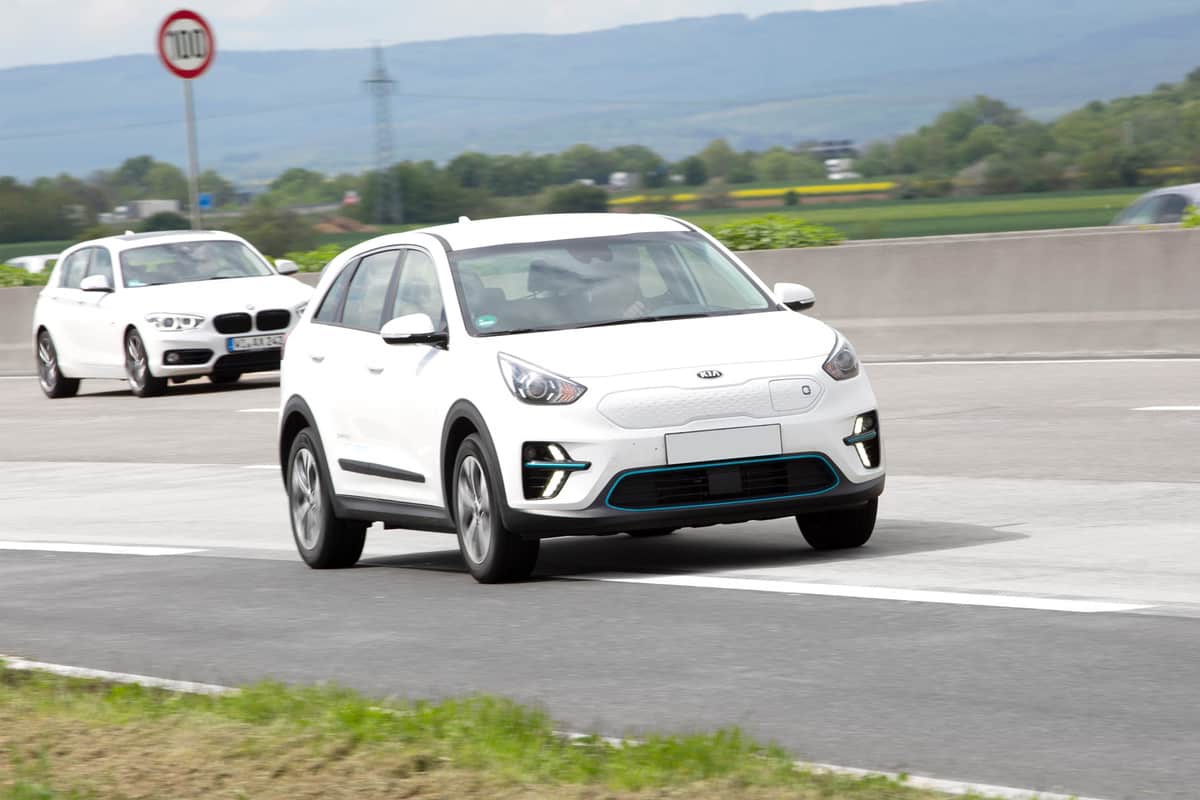
It’s still relatively safe to drive a squeaking car. However, the severity of this concern depends on the part that’s making the noise.
For instance, it should still be safe to drive a vehicle with squeaking shocks until you can reach an automobile repair shop. But if your car has squeaky brakes or an accessory belt, stop driving and call a tow service to have your vehicle hauled to a technician’s workshop.
We also have a post on what could make a car squeak while driving to learn about the possible sources of this noise.
Can I Put WD-40 On My Car Brakes?
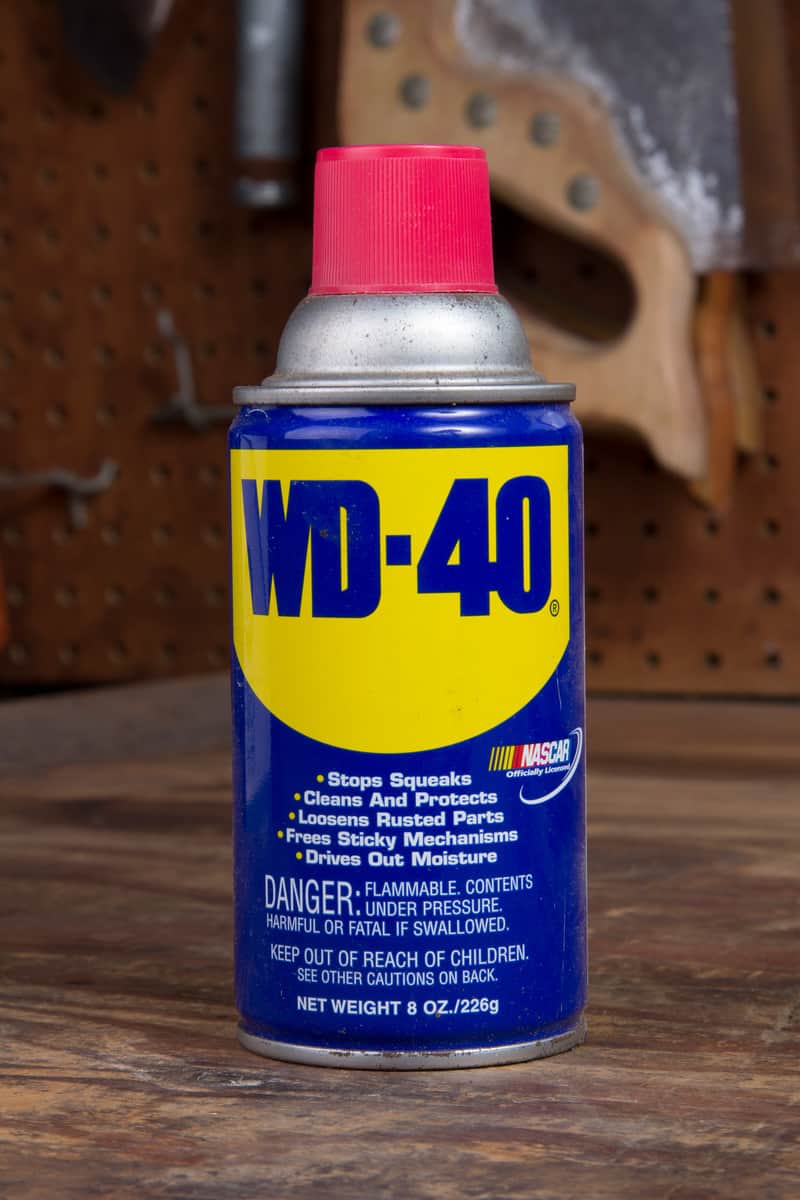
You can use WD-40 on your car’s brakes. But take note that this product is for preventing the brakes from accumulating corrosion and rust. Don’t use WD-40 attempting to clean the brakes.
Also, don’t use this product if you already applied a lubricant to your vehicle’s brakes. If so, WD-40 might remove the lubricating solution, causing the brakes to grind vigorously during use.
Check out this product on Amazon.
Final Words
The wheels of a car can squeak because of different reasons like driving on bad roads. Driving with misaligned wheels and/or faulty bearings can also produce unknown noises from your automobile. Avoid driving your car if you hear squeaking noises from it, and have the vehicle checked by professionals to prevent long-term damages.


